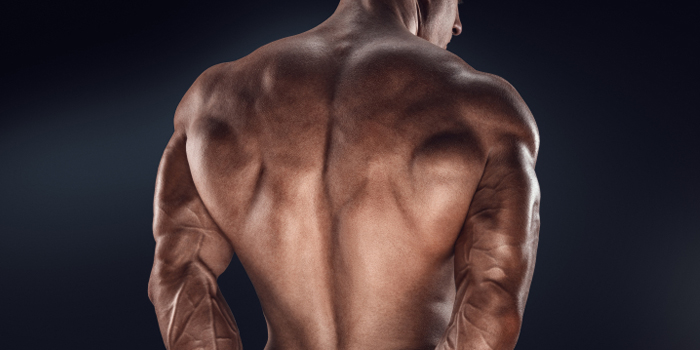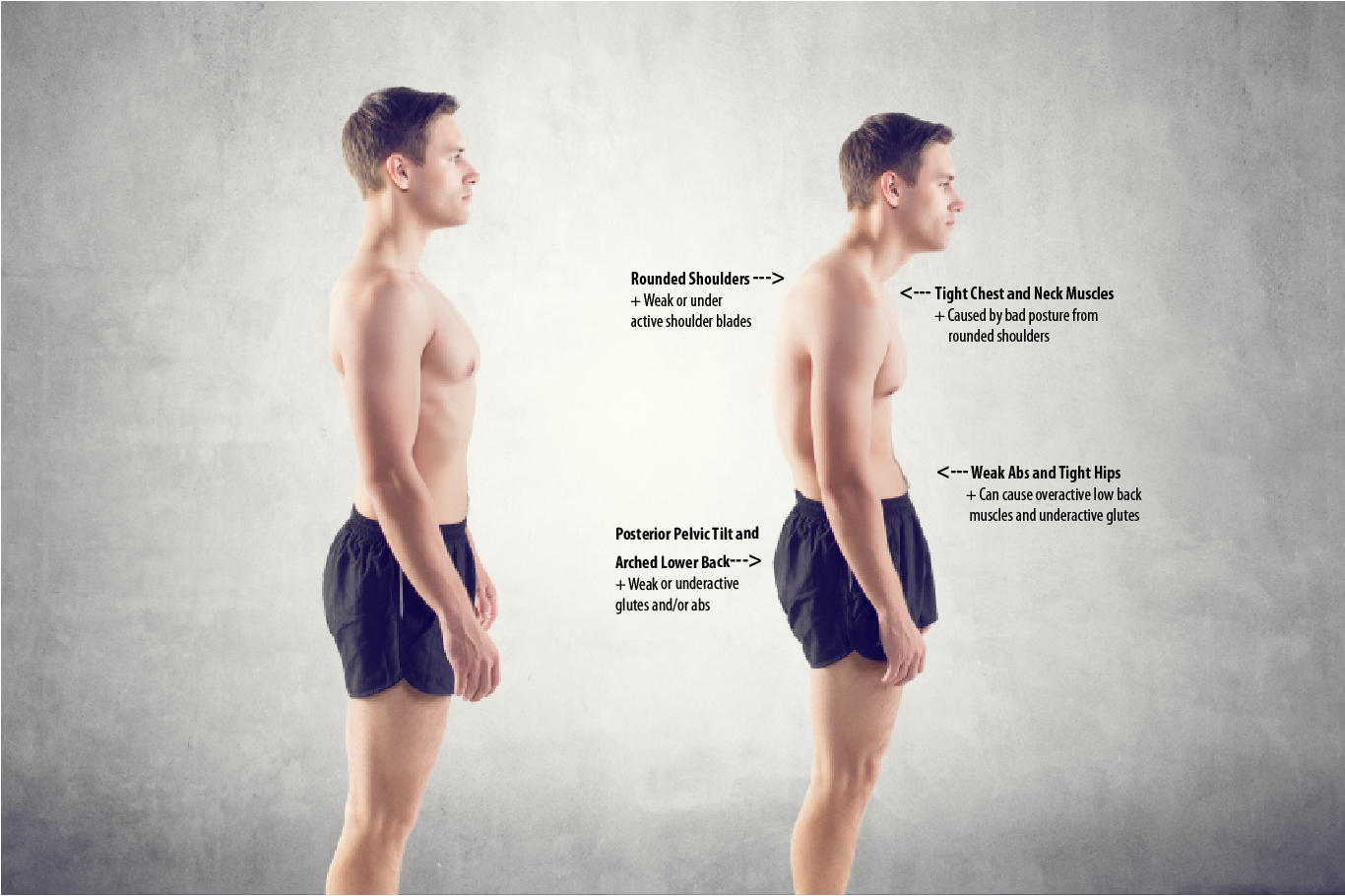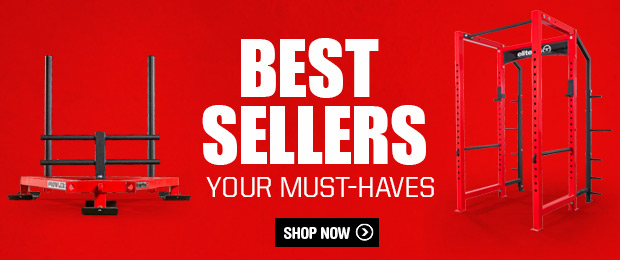
There is no reason why anyone who works out, old or young, fat or skinny, tall or short, should not be able to do the four greatest core lifts. Unless a person has a certain limitation, they should be able to do the squat, deadlift , standing military press, and bench press. Now, even if a person does have limitations, there are ways to alter a movement such as changing implements, implement positioning, stance, or style. Bad knee? Box squat. Bad back? Deadlift properly or switch to a single leg deadlift . Bad Shoulders? Use a swiss or football bar on bench or military press, change grip, or go unilateral. These are just a few of many solutions. For most individuals who have pain performing these movements, balancing what I call The Power Triangle will solve many issues.
I am big on corrective exercise, especially in the first few work outs with a new client, and even believe that they should be incorporated with any routine, no matter what your fitness level is. I am what is considered a Corrective Exercise Specialist (CES) through NASM, which is a fancy title for someone who teaches and practice proper movements. Ideally, this would be all trainers, but that isn't the case. Posture or structural integrity is very important to a CES, and should be to every and all lifters, as well. Proper posture during daily life and exercise will greatly reduce chance of injury, make movements more effortless, and strengthen any weak links in the kinetic chain (nervous system, muscular system, and bone structure). By doing so, you will keep energy or tension from leaking or escaping your body during movement. This will increase the efficiency of a movement, and allow you to lift more weight.
Practicing a movement properly and often will allow the nervous system to send signals to muscle faster and more precise, which will increase your power. Everyone has potential strength and not everyone knows how to use it — or at least use it properly. It is said that on average, a beginner lifter can lift about 30% of their muscle and an elite lifter is able to use up to 50% or more (I have heard different percentages from a few different sources, and I am not here to argue the exact percentage, so if you want to, do it with a scientist). The reason for me explaining the percentages of muscle being used during movement will explain why a 150-pound Olympic athlete is able to snatch 300 pounds over head and a 225-pound professional bodybuilder might be lucky enough to do 185-pound snatch. The amount of muscle does not matter as much as the amount of muscle your body actually uses or, better yet, actually uses effectively. How do you increase the percentage of muscle being used? Practice! And not just practice, but correct practice. Over and over and over. You catch my drift?
RELATED: Passive vs Active: Why Your Plank Sucks (Plus Two Tips for Making it Better)
The Power Triangle is what I call the shoulder blades, abdominal, and the glutes. The reason these three groups make up the Power Triangle is that they form a triangle if you connect them from the top of the body to the bottom: shoulder blades to abdominal to glutes. These muscles are very important for proper posture, stabilization, and protecting and maintaining the structural integrity of the spine and alignment of the pelvis. Shoulder blade muscles stabilize the shoulder girdle and help keep alignment to the thoracic spine. The abs will help align and stabilize the pelvis properly and control flexion of the spine or torso. The glutes will help stabilize the pelvis and also, if activated properly, decrease the tension placed on the lumbar spine or lower back. If using the Power Triangle properly, it will greatly decrease chance of injury and increase power on all your lifts.
The diagram below shows poor posture and some theories on what can cause the postural distortions or compensations when static or standing still. When a person is in movement there can be other reasons for poor posture.
[Click image to enlarge]
The power triangle plays a major role in proper posture. I find most people can not activate the shoulder blade muscles and in turn become weak in important movements. Under-active shoulder blade muscles will cause rounding of the shoulders, increasing tension on the T-spine, and not allowing the muscles of the body to fire properly. The body is made up of movement patterns, and in order to move correctly, the body has firing patterns. These firing patterns are the order in which the muscles should contract to optimize strength and safety.
The rounding of the shoulders will cause for the shoulder joints to do more work than needed. Increased pressure on the cervical spine or back of the neck will also tighten the chest and neck muscles. To correct posture of the shoulder blades, I find it easiest to shrug the shoulders up, back, and then pull them down as far as you can. This shoulder roll or shoulder retraction can also be referred to as packing the shoulders. When packing the shoulders, the chest and abs will lift, increasing upper body posture. This is one of my favorite things to tell the sheep at the gym that come up to me on Monday night (International Chest Day) and ask, "Yo brah, I've been hitting 225 pounds on bench with the smith machine, so I am good with that, but what else can I do to make my lower chest bigger?" I normally reply, "besides not benching on the smith machine, try shrugging your shoulders up, back, and down. Now look in the mirror. Just stand up straight. Bro."
Almost all new clients and most lifters I meet, do not have proper alignment of the hips or pelvis. This is mainly because their hips are tight and restrict the proper movement or activation of the pelvis. The lower back is very overused do to the arch and improper pelvis alignment. The arch to the lower back will cause the spine to compress and cause low back pain. The improper alignment of the pelvis will throw off proper firing patterns or order in which muscles contract, occurring from the pelvis, which will make the glutes under-active. The pelvis must be neutral and stabilized properly first in order to maximize movement and firing patterns. If the pelvis is tilted back, the abdominal will also have a hard time firing properly. This does not mean it will not contract, but it will not be used to its maximal performance.
Any area that is not aligned or contracted the right way will cause for compensation or weakness and lack of tension. I refer to these as energy leakage. When your body is leaking energy, you will not have optimal tension or maximal strength during movement. Like the saying goes, "You are only as strong as your weakest link." The only way to get stronger is to fix these areas of energy leakage. To correct the pelvis alignment, simply tilt the hips forward and contract the glutes, and brace the abdomen or crunch the stomach. To brace, it will help to breath in using the diaphragm and filling the stomach with air. After the stomach is filled with air, shorten the area between the belly button and pelvis, this will help stabilize the pelvis.
To recap, not only is proper posture and alignment beneficial to reduce pain to the spine, but will also increase all around strength. If you do not correct these areas of improper movement or alignment, the faulty movement patterns will cause micro trauma to joints, muscles, tendons, and will accumulate to cause injury over time. Packing the shoulder blades will also reduce pain and tension to the spine. It will help protect the shoulder joints during movement. In my next article, I will discuss how to use the power triangle properly during the big four core movements, overhead press, squat, deadlift, and bench press. In the final article of this series, I will go over corrective exercises and drills that will help strengthen and increase efficiency of the power triangle. If the power triangle is used properly, all lifts and safety will increase and pain will decrease.
Adam Signoretta is Online Nutritional, Health and Fitness Lifestyle Coach, Specializing in Bodybuilding Contest Prep. Training competitors ranging from Novice to Pro. A Natural Bodybuilder and Personal Trainer for 13 Years, Holding Cerfifications in the following: National Academy Of Sports Medicine,(NASM) Certified Personal Trainer (CPT), Performance Enhancement Specialist (NASM-PES), Corrective Exercise Specialist (NASM-CES), Fitness Nutrition Specialist (NASM-FNS), and Russian Kettlebell Challenge Certified Level 1&2 (RKC ll). Powerlifter with 4 overall wins in the 220 and 198, held NJ State Records for 220’s in Squat and Bench. Strongman Competitor with 1 win in the 230’s and overall. Author of the E-Book “Be As Strong As You Look” A hand book for bodybuilders with pride. Head Coach for Team Be As Strong As You Look. For any questions or information on Online Programing or joining Be As Strong As You Look, contact Adam at Amsignoretta@aol.com. Facebook at Adam Michael Signoretta, IG and Youtube Asignoretta










